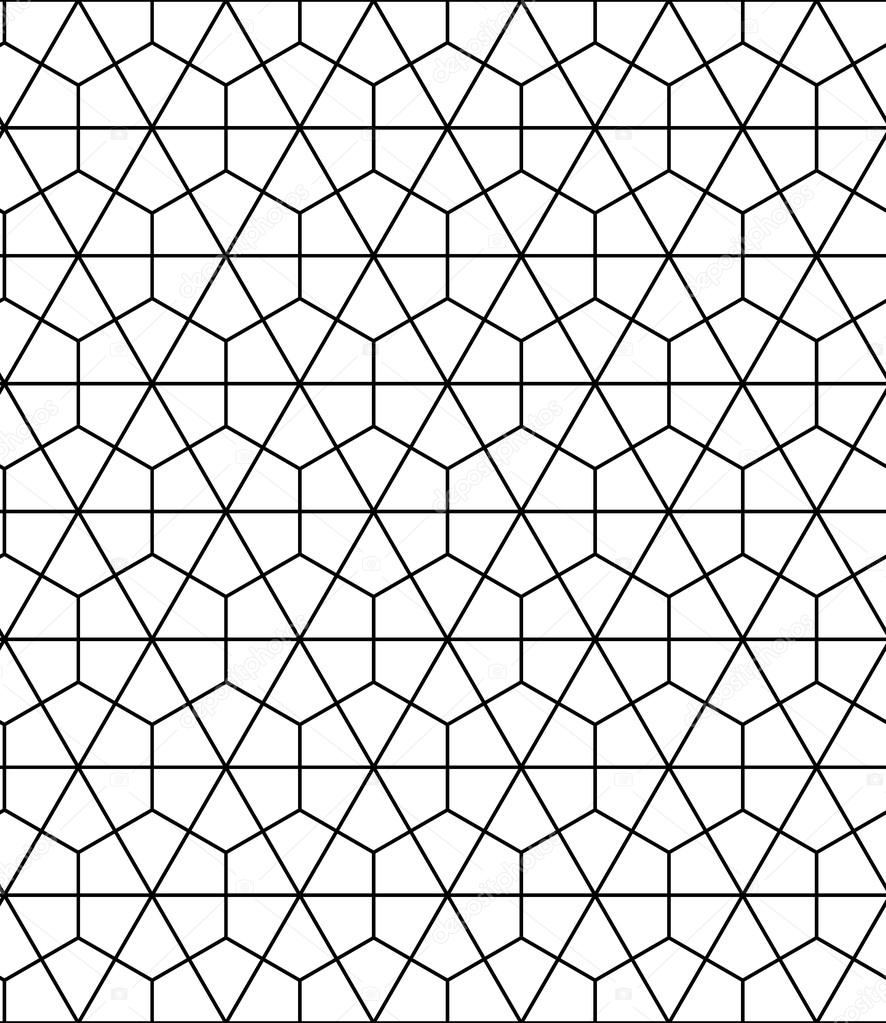I have a very weird problem with my geoserver+oracle, when deployed on a Windows 2012R2 server (see here), and in attempting to solve that, I upgraded the geoserver from 2.6.3 to 2.7.1, hoping that that would fix that.
Sometimes fairy tales come true, but in this case it did not help, unfortunately. The 2.7.1 did render a lot quicker, except one layer which did not render at all anymore.
My style could not render with the error The requested Style can not be used with this layer. The style specifies an attribute of <missing attribute name>. Checking the layer in geoserver, I could see it was no longer to determine any of the attributes for the given table.
Further investigation in the logfile revealed the following (cryptic) error:
Failure occurred while looking up the primary key with finder: org.geotools.jdbc.HeuristicPrimaryKeyFinder@24cf7139
java.sql.SQLException: Exhausted Resultset
Mmmmmm. Luckily my google-fu revealed a linked issue, and simple solution:
update the driver from
ojdbc14.jarto the newerojdbc7.jarfixes this problem.
Hehe :)


